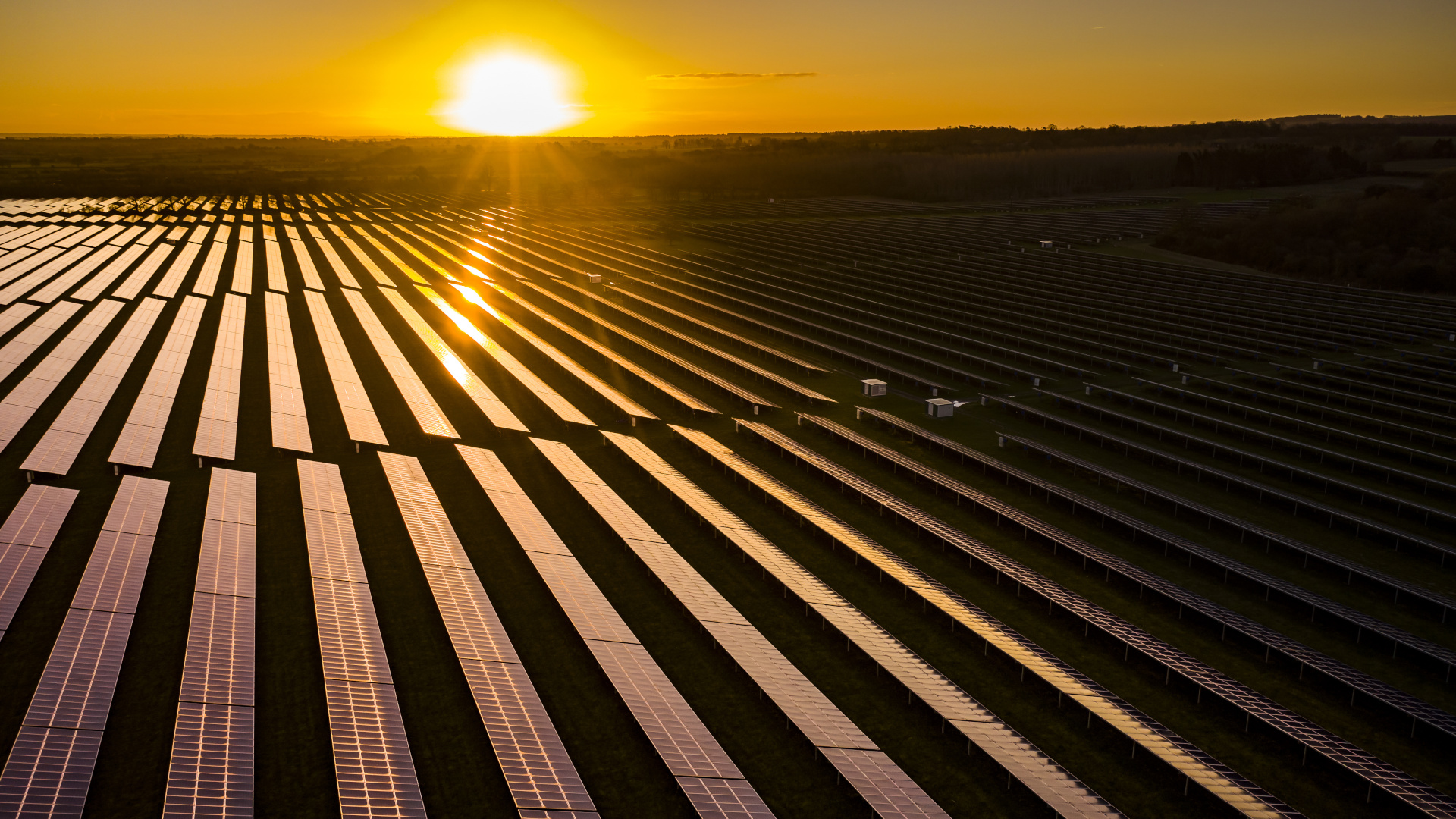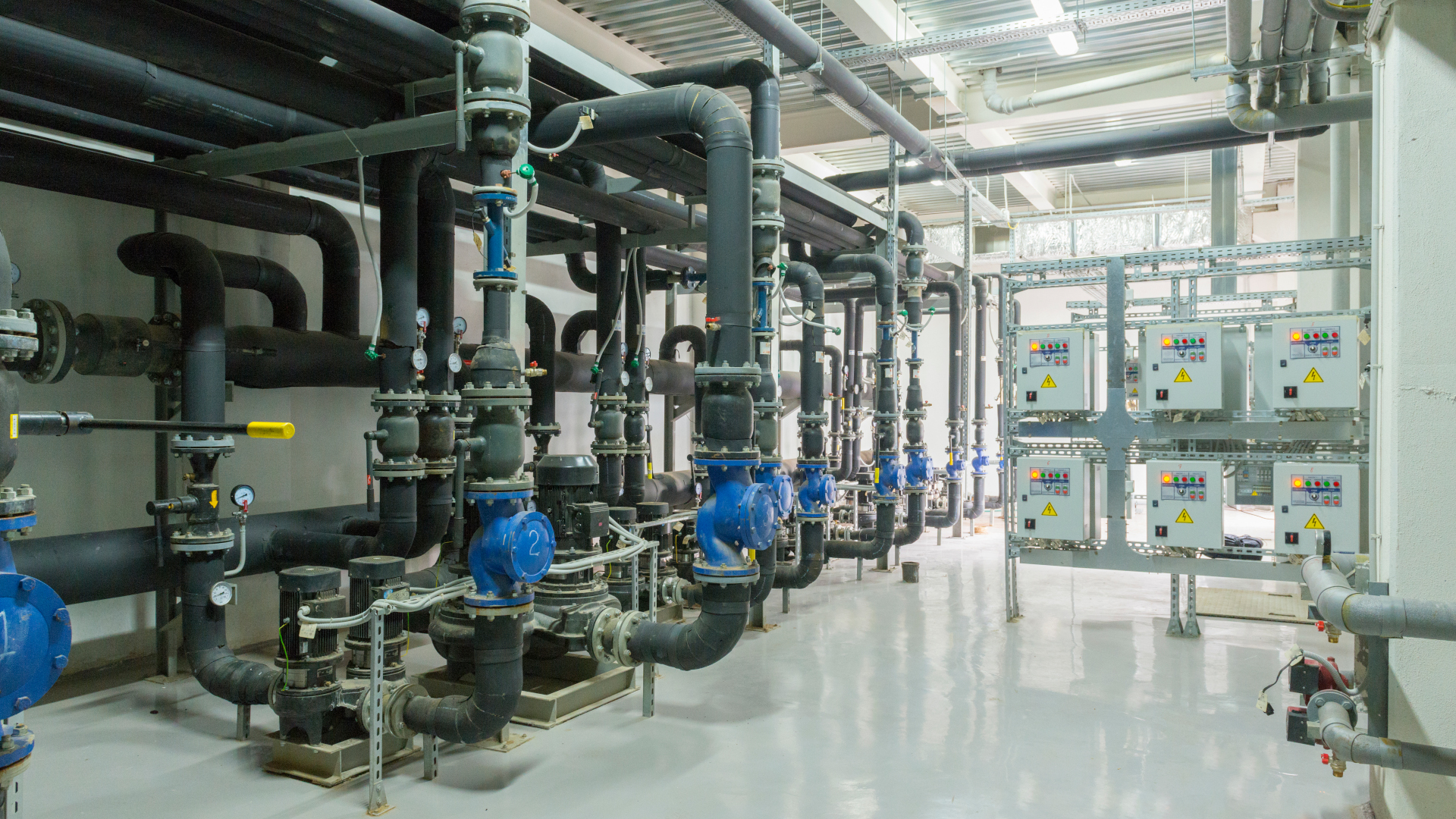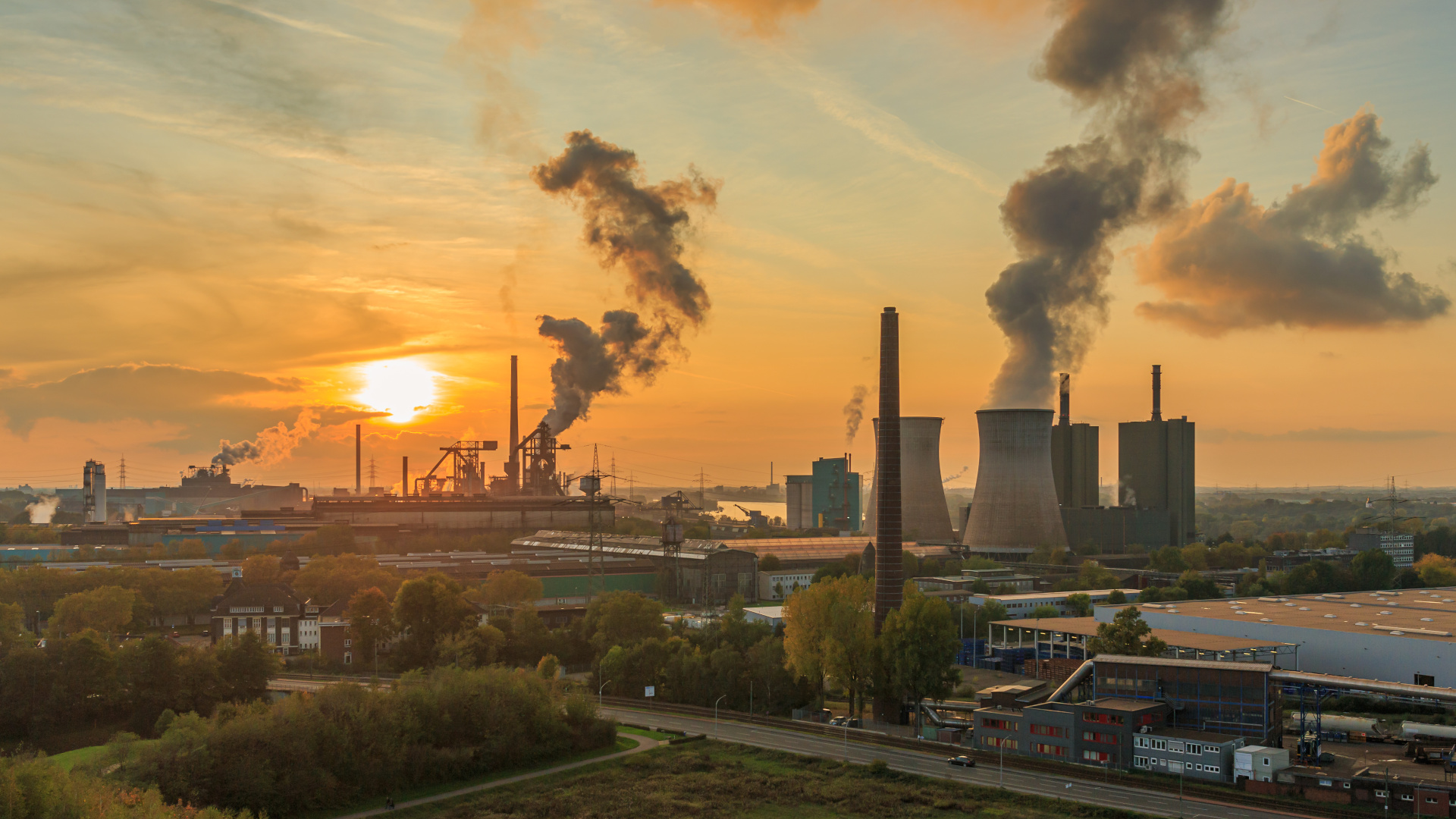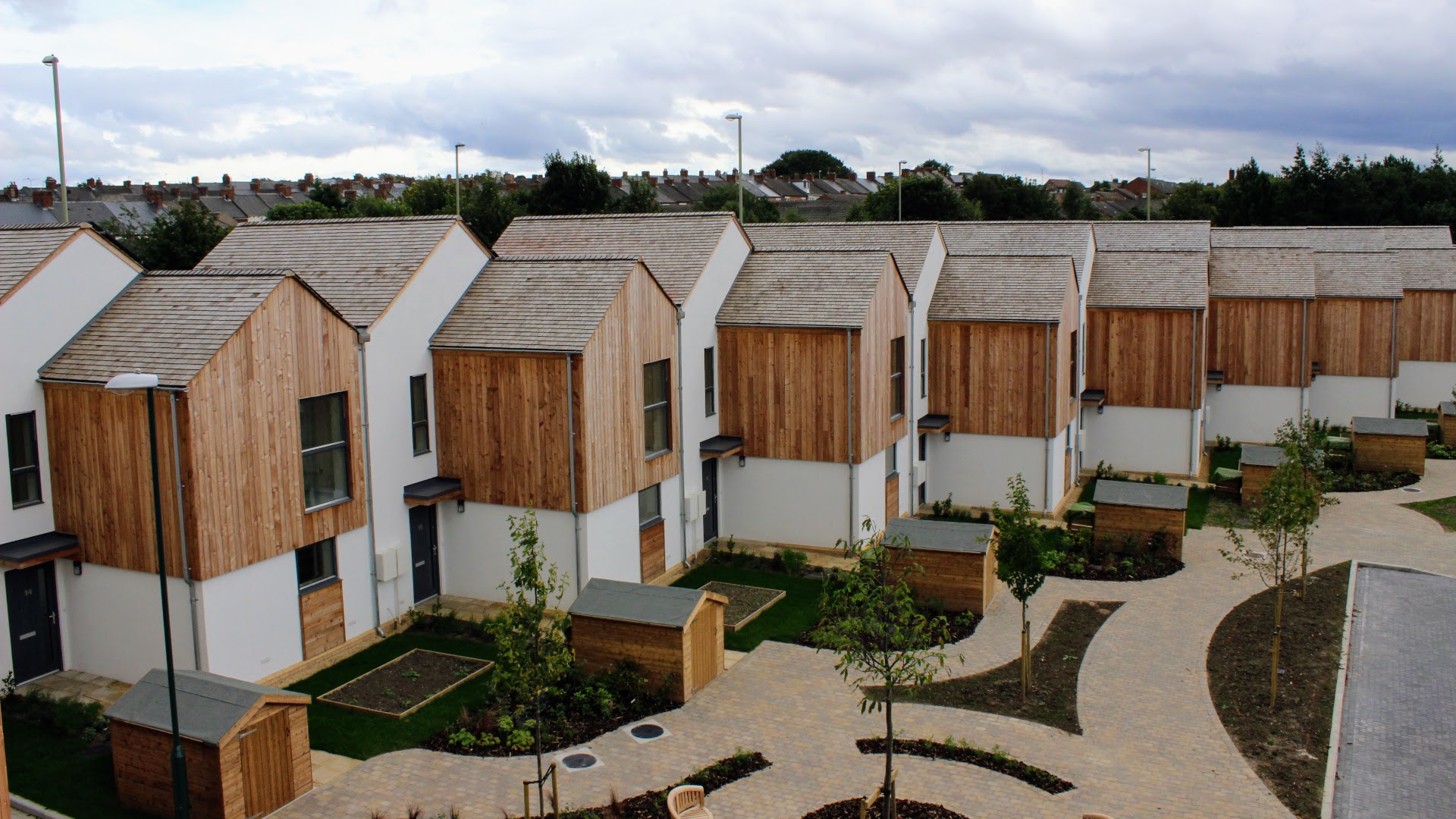Housing is a major source of carbon emissions, and as the energy crises continues, it is increasingly important to ensure houses use as little energy as possible, whilst keeping occupiers comfortable and warm. However, simply creating zero carbon homes is not enough; to hit Net Zero in 2050, we need to offset emissions from existing housing through constructing new homes that are Carbon Negative.
Although this task seems rife with complexity, it is important to remember that on mainland Europe the Passivhaus standard has been delivering low carbon homes for over 30 years. The Sinclair Meadows project has gone beyond this.
Outline and Objectives
The Sinclair Meadows Project involved the design and construction of 21 carbon negative homes. The project was headed by the housing association, Four Housing Group, and the environmental charity Groundwork South Tyneside & Newcastle. Funds for part of the development were provided by the former Regional Development Agency for the North East of England, One North East, and the Homes and Communities Agency
The design of the homes was carried out by Fitz Architects, CK21 and RNJ Partnership Construction Consultants. The contractors were Galliford Try, whilst the Code Assessment was being carried out by Ian Larnach Associates Ltd. Decerna was employed by Groundwork South Tyneside & Newcastle to produce an energy strategy for this development, the object of which was to meet the ambitious target of delivering a Carbon Negative development.
Thermal modelling of Sinclair Meadows was undertaken using the industry standard software, Virtual Environment from Integrated Environmental Solutions (IES<VE>), and the Passive House Planning Package (PHPP), as produced by the highly respected PassivHaus Institute in Germany.
Electricity demands from appliances and cooking were based on a mixture of recommendations from Code Level 6 and real world data from both peer reviewed literature, actual developments and UK government statistics. Based upon the above energy demands, feasibility studies for all relevant technologies were undertaken. The aim was to find how this specific site would lend itself to a range of renewable and low carbon electrical and thermal generators.
The technologies investigated were solar thermal, air source heat pumps, ground source heat pumps, photovoltaic, micro wind, large scale wind, biomass boilers and CHP. These were sized according to the plans for Sinclair Meadows available at the time, and outputs calculated from demands and local weather conditions. The eventual decisions for energy sources were a large photovoltaic system, with heating from a biomass boiler connected to a small district heating system.
Finally, Decerna considered the smart metering technologies to be implemented in Sinclair Meadows. These were to allow for future monitoring the development, to ensure that the claims of Carbon Negativity can be verified, and so that any mistakes can be traced, allowing for future developments to be improvements of this project.
With the large renewable energy generation systems, coupled with the sustainable building techniques and materials used in the construction, Sinclair Meadows can justifiably claim to be a truly Carbon Negative Development.
Outcomes
Sinclair Meadows is now a successfully completed development, which has been occupied now for 12 years, showing that carbon negative homes are not an impossible dream of the future, but something which we in the UK have been capable of producing for over a decade. Decerna are extremely proud of the part that they played in Four Housing Group’s impressive project, which both gives warm homes to social housing residents, and reduces carbon emissions.
Further information
Sinclair Meadows has won the following awards:
- Winner of ‘Best New Affordable Housing Scheme’ – Housing Excellence Awards 2013
- Winner of ‘Innovation’ category – Constructing Excellence in the North East Awards 2013
- One of the top 50 affordable housing developments in the UK league in 2013 – Inside Housing







